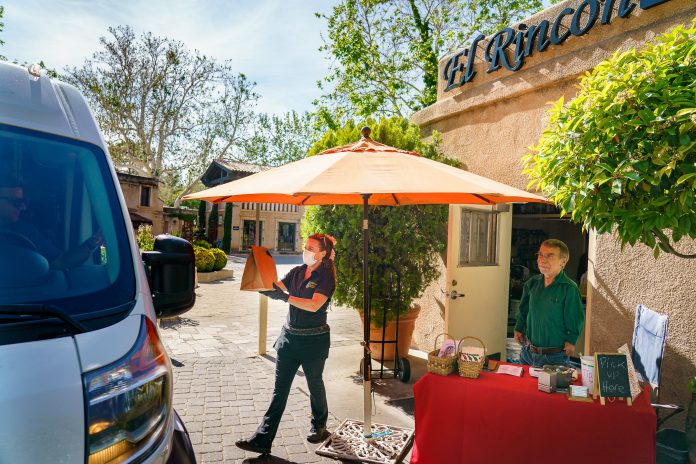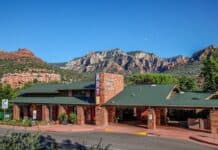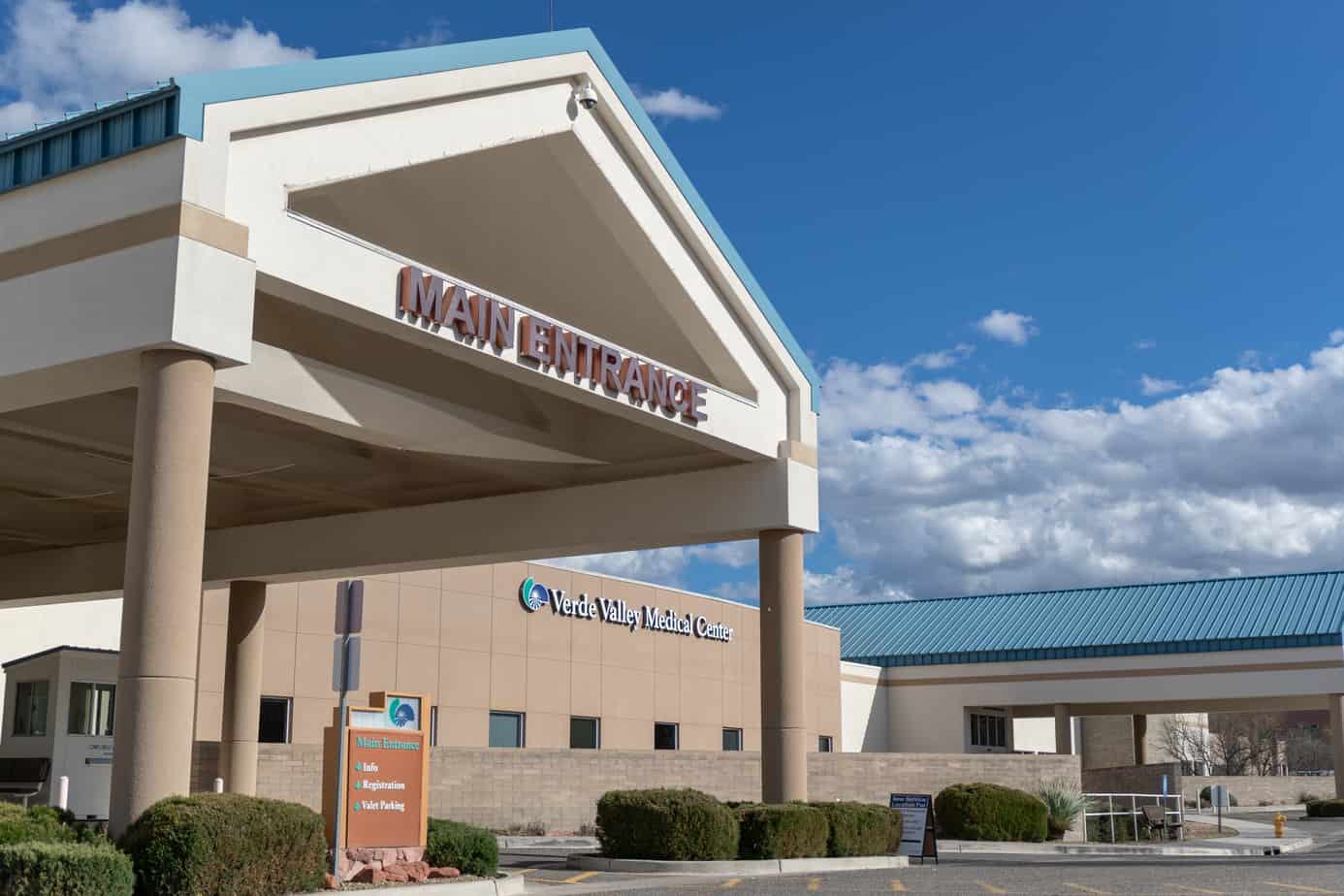
With the narrow passage last week of the American Rescue Plan by Congress, Americans earning less than $80,000 a year and couples earning less than $160,000 a year should be getting direct payments of $1,400 per person, some of which will be deposited directly into bank accounts by the time you read this editorial.
We will be posting a link on our websites to the Internal Revenue Services’ “Where’s My Refund?” link for readers to see exactly where in the process their payments might be.
Also part of this extensive legislation, the federal government started payments to parents, who will be paid $300 per month for children under six and $250 a month for children between ages 7 and 18, ostensibly to help children out of poverty.
With more than $1.9 trillion in total spending — and $400 billion of that in the direct payments — the scale of these checks could go a great deal of a long way if spent smartly and, most importantly, in local economies.
For many, these payments will go right to pay off bills to power companies, gas companies and other utilities. Some will go right to landlords for back rent, which will then be paid to local governments in property taxes.
Slightly more than half of rentals in the United States are owned by corporations, rental businesses or limited liability companies who can afford to hold some debt while waiting for renters to get back on their feet, but 41% of rentals are owned by small, individual owners who don’t have that luxury.
These individual owners also account for 72.5% of all owned properties with single units, duplexes and apartment complexes of up to four units. Most rentals are a costly investment, with 59% having mortgage payments or bank debt.
At the top of the bracket getting payments, much of this extra money will go immediately into bank accounts, stocks or bonds and investments, and may likely not ever be spent for years, negating the purpose of direct payments to boost the economy.
For the vast middle class, however, these direct payments will probably have the most impact, being spent over the next days, weeks or months at restaurants, retail stores, to make ends meet, on bigger purchases such as car payments or medical needs, on vacations that were on hold in 2020, for home repairs or for computer equipment in a world that’s much more interconnected and hardwired together than it was a year ago.
We strongly urge those who receive these payments and wish to spend them to help the economy, do so by spending them locally.
Local dollars spent at restaurants, businesses, shops and services recirculate over and over in the economy, going to workers, local business owners and back again, slowly adding to the local tax base. Local spending can do a world of good when passed repeatedly through the hands of working families, small business owners and local laborers in our communities.
As of April 2020, there were roughly 22 million Americans who had filed for unemployment just as the first $1,200 began rolling out last year. The payments didn’t heal the economy overnight nor put millions back to work, but they likely kept our COVID-19 recession from dropping into a full depression, which would have sucked the rest of the world down with it as American demand for goods dropped.
An estimated 40 million Americans received some form of unemployment aid in 2020, either a single check, months of aid, or other state-directed unemployment funding, according to The Century Foundation. While in a typical economy, most unemployed workers get back into a job in a few weeks and need only a brief holdover, in this economy two in five of those unemployed have been out of work for six months or more.
These workers need help more than the rest of us, but if we spend our payments locally, small businesses can afford to rehire positions they were forced to cut and we can help our neighbors get back on their feet sooner.
Christopher Fox Graham
Managing Editor




















